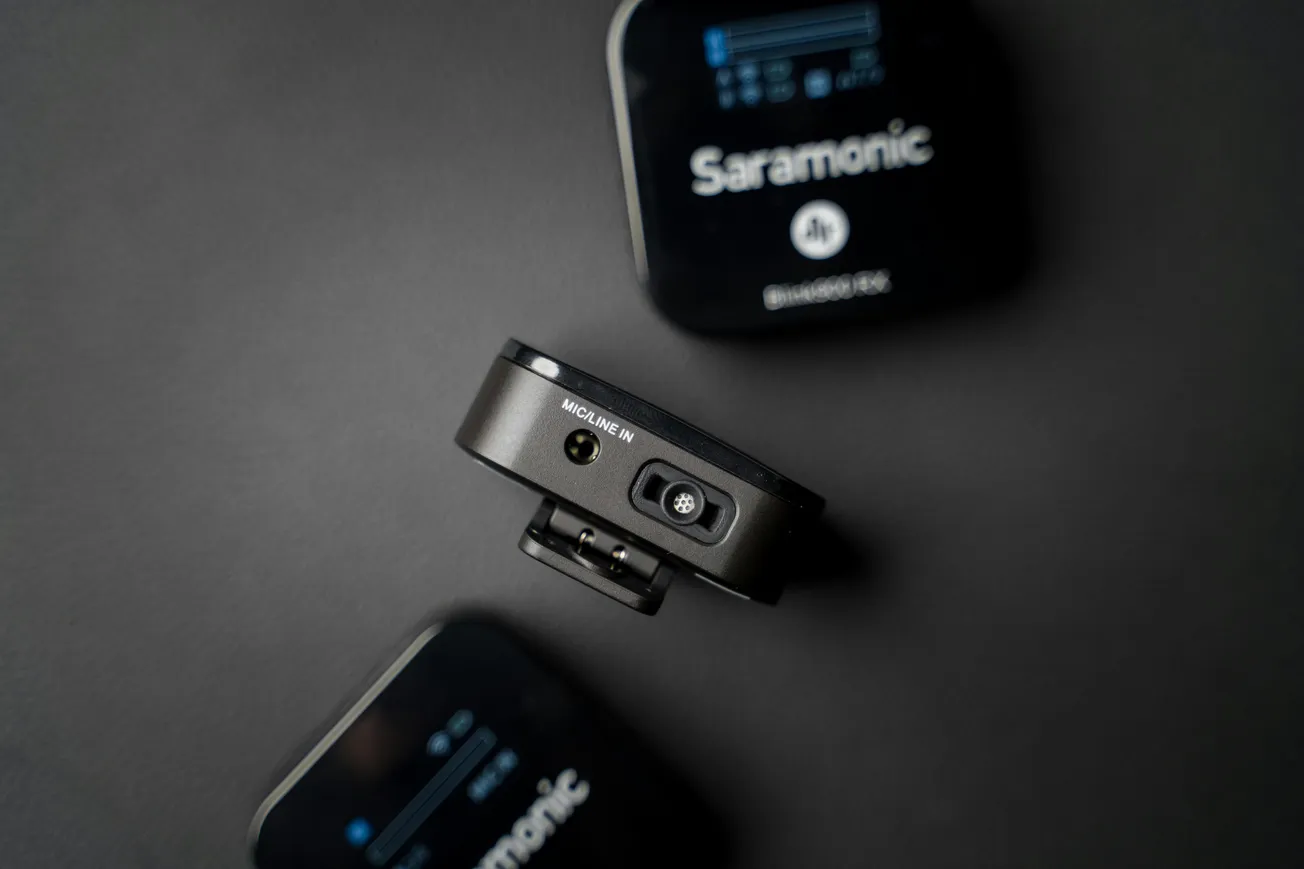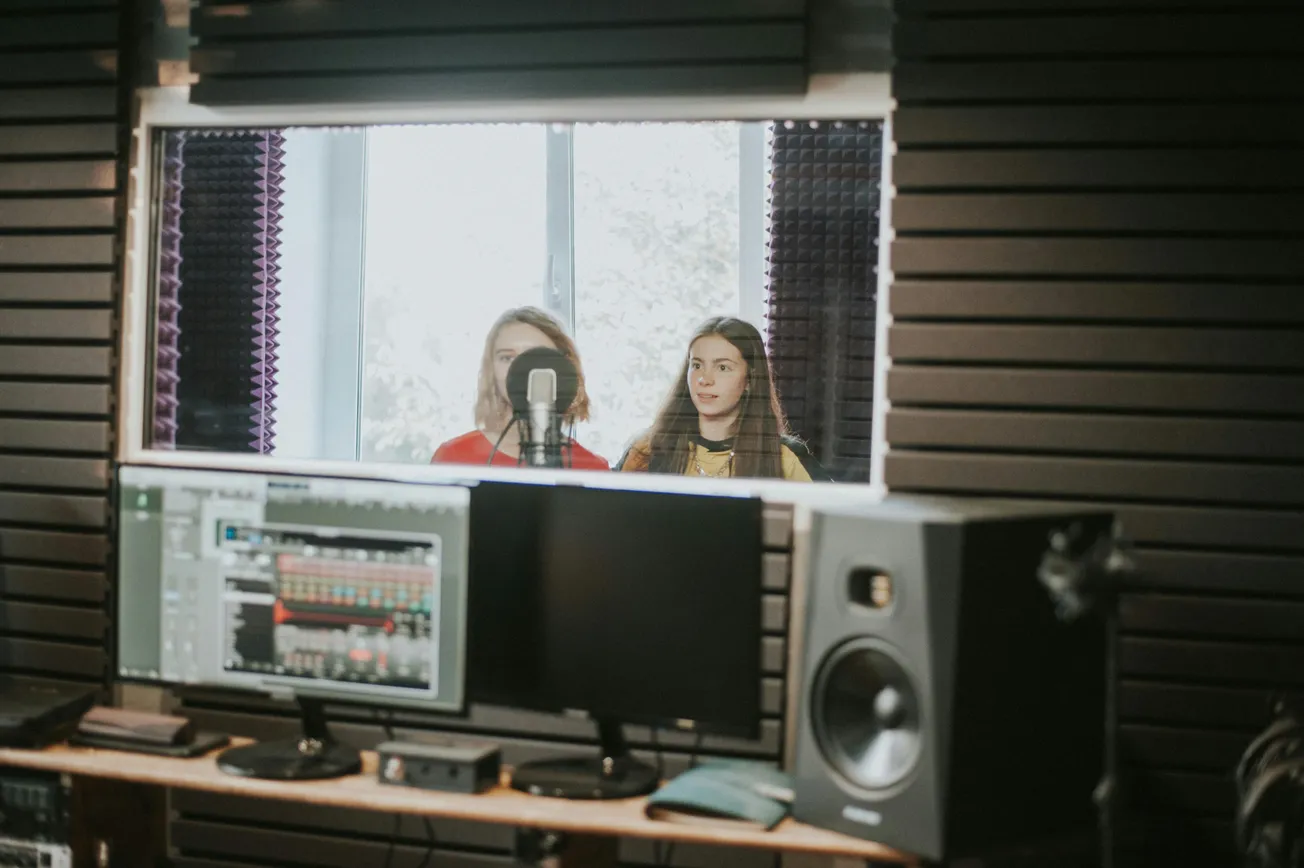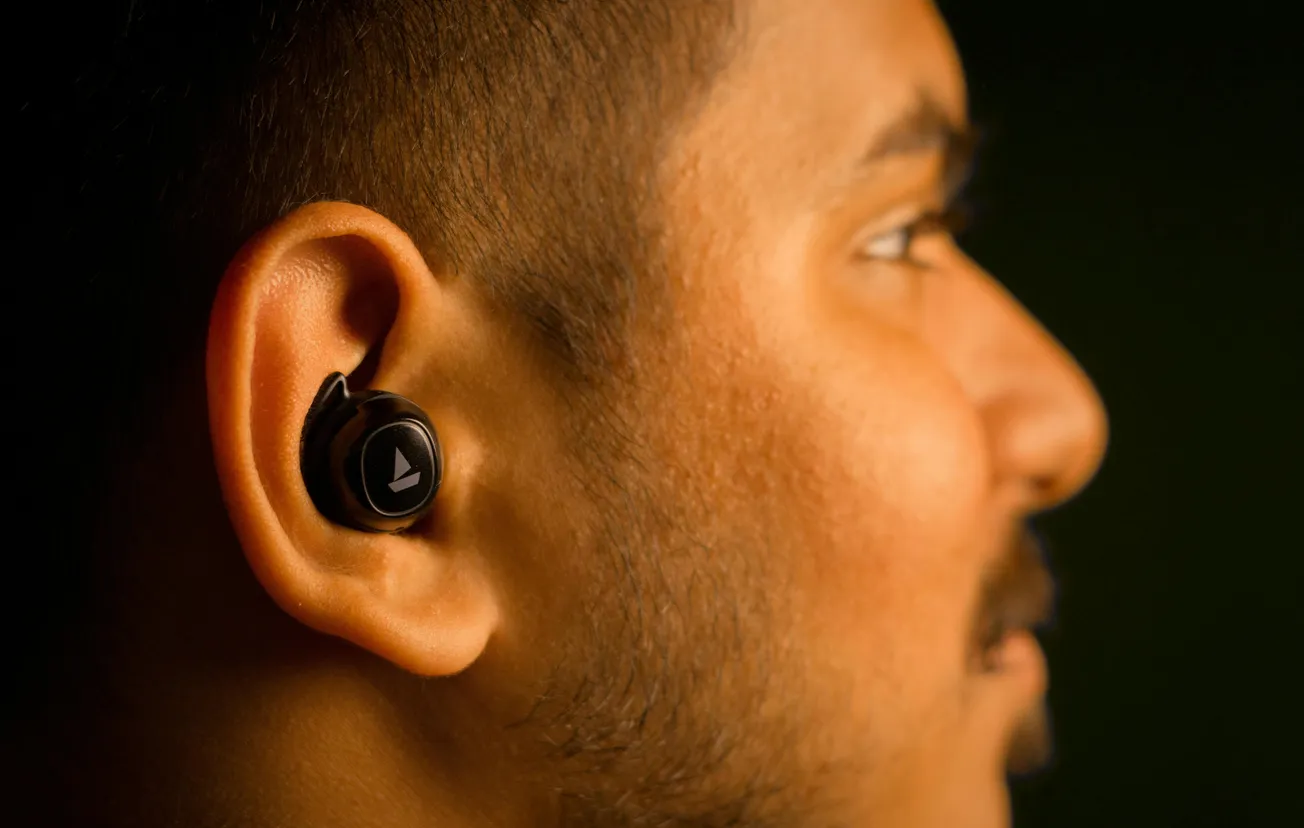At NAB Las Vegas, the buzz is building around two pro-level wireless mic kits: the Saramonic K9 and DEITY THEOS.
Both systems are digital, dual-channel UHF setups with 32-bit float recording and similar pricing—around $1,000 USD—but some key differences make each better suited for specific workflows.
What They Share
- 32-bit Float Recording: Ultra-high dynamic range audio, recorded straight to the transmitter (though U.S. users must choose between recording and wireless simultaneously).
- Built-In Time Code: Enables tight sync for video shoots, with app-based control on iOS and Android.
- Wide Frequency Range: Legal bands vary by region; both systems use GPS to auto-scan for allowed frequencies.
- Wireless App Control and All-in-One Kits: Mics, cases, cables—ready to go out of the box.
- SMA Antenna Support and up to 100mW RF output power.
Where They Differ
- Saramonic K9:
- Top-mounted display on the receiver—great for fast reads in audio bags.
- Lacks antenna diversity, which may affect signal reliability in dynamic environments.
- DEITY THEOS:
- Supports antenna diversity, reducing dropouts.
- Part of a broader time code ecosystem with wireless slates and RF distribution tools.
- More accessories and deeper integration out of the box.
What to Watch
- Location Compliance: Always check regional frequency regulations.
- Dropout Risk: Antenna diversity (on DEITY) can improve reliability.
- Ecosystem Needs: DEITY’s tools may benefit teams using multiple time code components.
For now, the Saramonic K9 stands out for its simplicity and top screen. DEITY THEOS is better for advanced setups with existing time code gear. More detailed field testing is needed, but both systems show serious promise for professional creators.








